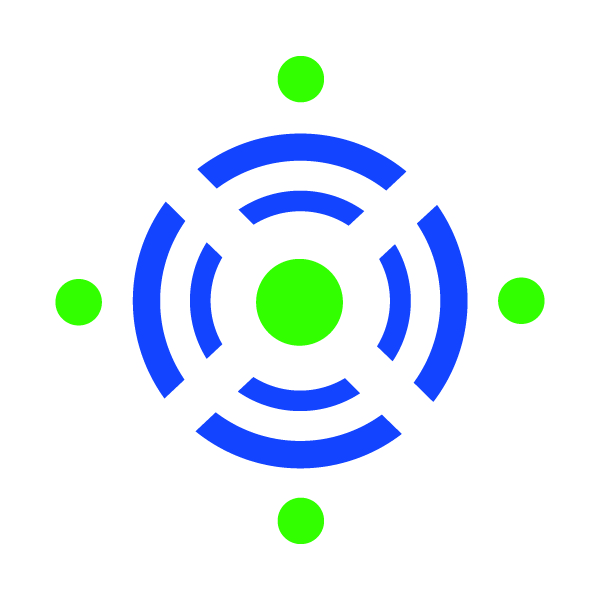
Making Your
Industry Smarter
Our future-proof network is developed for optimal IoT connectivity to streamline operations, conserve resources, and reduce costs for our customers.
 Market Not Listed?
Senet and our ecosystem partners support hundreds of IoT use cases. If you are not finding you market or application listed, please email us at info@senetco.com or call +1 877-807-5755
Market Not Listed?
Senet and our ecosystem partners support hundreds of IoT use cases. If you are not finding you market or application listed, please email us at info@senetco.com or call +1 877-807-5755
Ready to get started?
Senet can support your IoT applications and network deployment needs with our market-leading cloud-based connectivity platforms and services.










